
views
Planning Your Trip
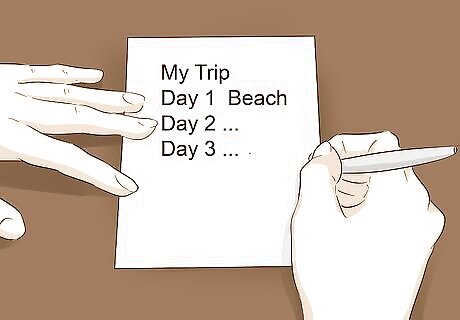
Create a day-by-day itinerary. Consider how many days that you have to travel and where you’d like to visit. Divide up your days by the locations, so that you’ll know can start to investigate train schedules. Make sure to add in the amount of time it will take to travel into your itinerary. Give yourself more time to travel rather than less. In some of the larger stations, you may need an hour or more to get from one train to the next. When planning your itinerary, consider travelling to major cities that have train stations to make travel more affordable and easy. If your destination cities are too far apart (Paris and Moscow, for instance), a flight might be better.

Use an online map to confirm possible train routes. Major train stations and rail companies post maps online showing the layout of rail lines across Europe. Once you’ve pulled up a rail map, look to see that there are trains going between your cities of interest. This will let you know if rail travel is even an option

Check train schedules at the Deutsche Bain website. The German rail company Deutsche Bahn has the most comprehensive schedule database that covers all European rail travel, as found on https://www.bahn.com. However, you can also go to each rail company’s particular website to look up schedules. Start by entering in your origin and destination cities, choose a station, and browse through the date and time options. If a city has multiple stations, the primary one is often labeled “central.”
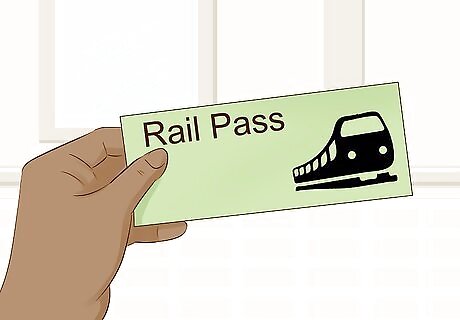
Purchase a rail pass if you will be travelling for 3 or more days. A pass will allow you to travel the rails for a certain amount of time and in particular locations without the hassle of purchasing single tickets. You can buy rail passes through travel agents, government transportation and rail company websites, or in-person at stations. They are generally a good deal if you will be travelling for more than 3 days or if you plan to visit multiple countries. You can also determine if a pass is worthwhile by comparing the total cost of individual rail tickets with a pass’ purchase price. There are both multi-country and single-country passes. There are also passes that last for a number of consecutive days (called “continuous”) or those that allow you to travel on random days during a certain time period, such as a flexipass.
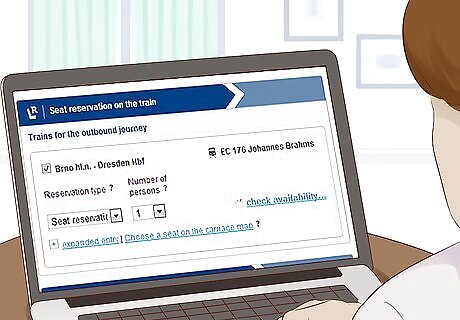
Make a reservation if you are travelling on a busy route. If you have a pass, you can hold your seat on a train by making a reservation online. You’ll generally need to go through the rail company’s website or the site where you purchased the pass. Depending on your type of pass, you’ll be given the option to choose your exact seat upon arrival or reserve a particular one in advance.

Buy single tickets if you are only taking a few trains. Don’t discount standard point-to-point tickets when planning your train itinerary. If you plan on travelling by fast trains through popular destinations, you may find that these options are not included in standard passes. You can also do a combination of a pass and single tickets. A single ticket purchase is usually nonrefundable and difficult to change, so make sure that you are sure about your departure/arrival locations, dates, and times. You can generally find cheaper rail fares by buying directly from European rail companies, instead of purchasing outside of Europe.
Boarding Your Train
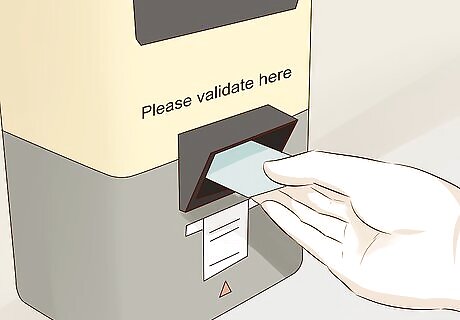
Validate your tickets or rail pass before boarding. Look for a machine in the station that will stamp or punch your ticket or pass once you insert it in. If you have both a ticket and reservation paperwork, you may need to validate each document separately. If this is the case, ask the train station kiosk operators for additional guidance. If you forget to validate your ticket or pass, then you may get fined on the train. The ticket checker will look to see if your ticket is validated. You may also be required to purchase another ticket at a higher cost. If the machine is unable to validate your pass, then you’ll have to stand in line to speak with a station teller.
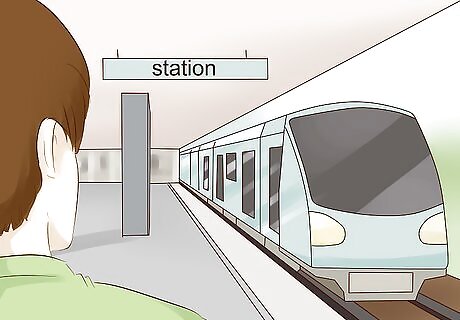
Get to the right station and track. When you are making your way to the station, double-check that you are headed to the right one in the city. Then, once you arrive, look at the posted departure and arrival screens to locate your track number. Head to your track and listen to any overhead announcements, as they may change your departure information. You can expect departure information to be posted on the station boards about 30 minutes beforehand. Once you arrive at the train, it’s always a good idea to stop a ticket taker or fellow passenger and ask if the train is headed to your destination. You might say, “This is the train to Interlaken West, right?”

Find the right seat if necessary. If you’ve made a reservation for a particular seat, head to that compartment. You should see a reservation notice above your seat (or sometimes on the compartment’s door). If you do not have a reserved seat, search the compartments for one that is not reserved for your route and claim it. Once you’ve found a seat, store your bags in the overhead luggage racks.
Avoiding Any Problems

Learn common transportation words or bring a translation book if you don’t know the language. You’ll hear a number of important announcements being made in train stations as you travel. It’s important that you know, or can look up, the basic terms of, “boarding,” “on time,” “schedule change,” and “delayed.” A translation book will also help you because you can use it to ask for directions or assistance if you get lost.
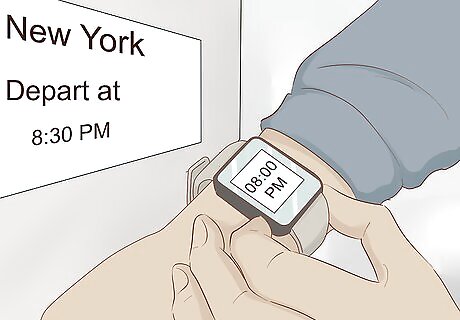
Get to the station early. Even though the final schedules are only posted 30 minutes or so before departures, it’s a good idea to get to the station at least 10 minutes before the postings. Some stations are quite large and it may take a while for you to find your exact track amidst the hustle and bustle of the crowds.
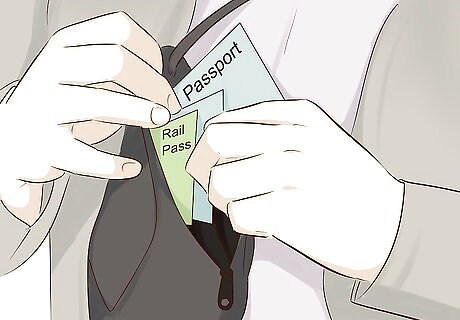
Protect your valuables. Although rail travel is generally safe, pickpockets and other thieves still like to prowl around stations looking for easy marks. Keep your important paperwork, such as your passport and rail pass, in a money belt or close on you. Maintain a firm hold on your luggage and watch it even after you’ve stowed it away. Some stations offer luggage lockers or checking services, which can be a great option if you plan a round-trip.
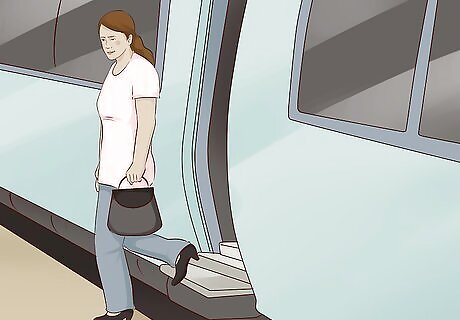
Get off at the right stop. It’s important to know the exact name of your destination station, not just the city name. Many large cities have numerous suburban stops that can confuse you if you are uncertain. Stay patient and look at the window for the signs indicating the station’s name. Also, listen for arrival announcements over the loudspeaker. If you get off at the wrong stop, you might be able to hop right back on if the train is still sitting at the station. Otherwise, go to the ticket counter to see when the next train or bus departs for your final destination.



















Comments
0 comment